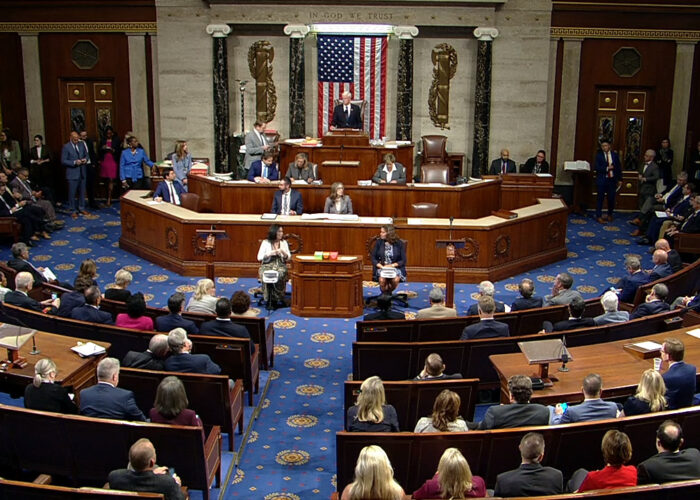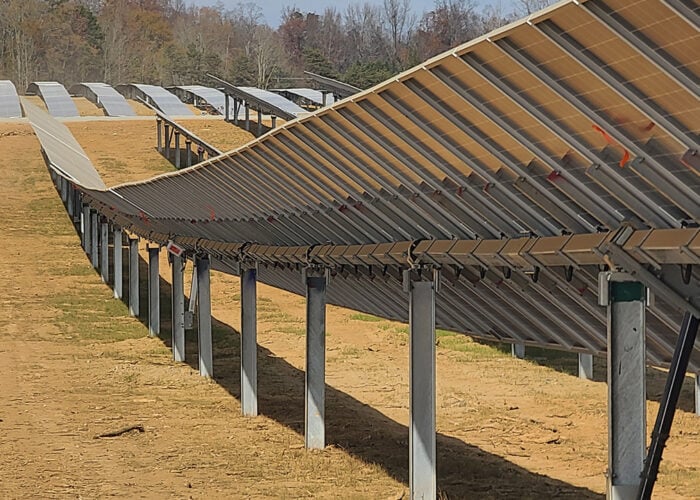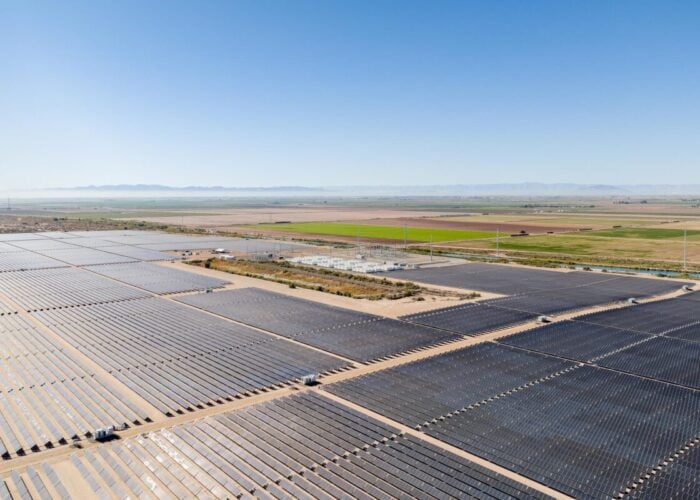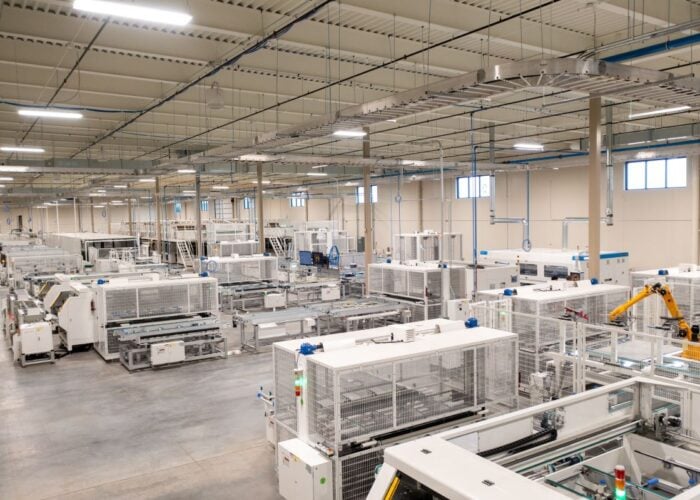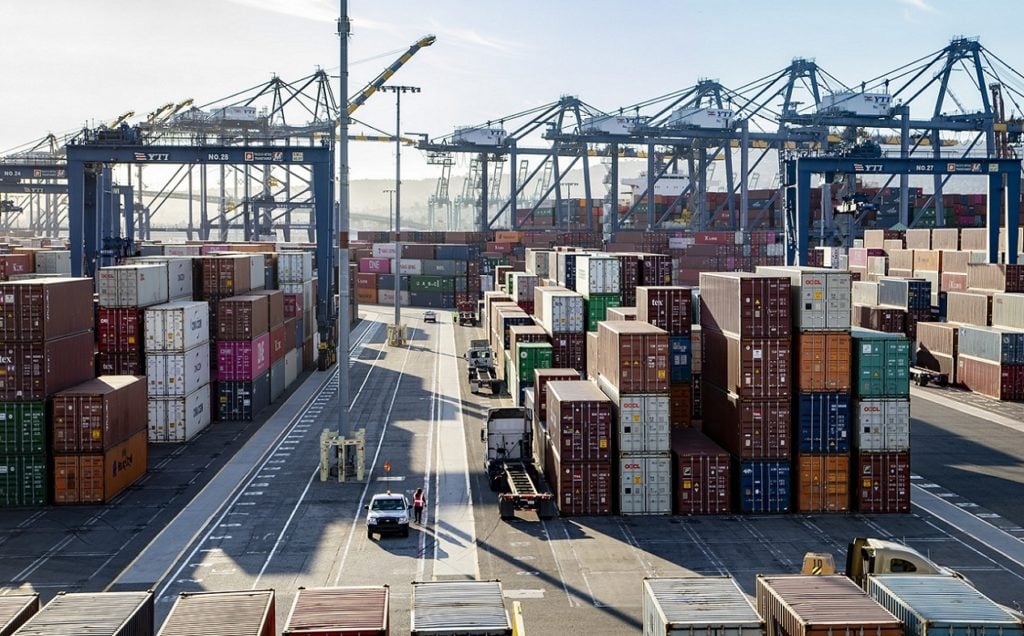
The Office of the United States Trade Representative (USTR) has increased tariffs on Chinese polysilicon and solar wafers under Section 301.
Both polysilicon and solar wafers will see their tariff increase from 25% to 50% and take effect on 1 January 2025.
Unlock unlimited access for 12 whole months of distinctive global analysis
Photovoltaics International is now included.
- Regular insight and analysis of the industry’s biggest developments
- In-depth interviews with the industry’s leading figures
- Unlimited digital access to the PV Tech Power journal catalogue
- Unlimited digital access to the Photovoltaics International journal catalogue
- Access to more than 1,000 technical papers
- Discounts on Solar Media’s portfolio of events, in-person and virtual
The tariff increases were proposed back in September as part of the statutory review of the tariffs under the Section 301 investigation of China’s Acts, Policies, and Practices Related to Technology Transfer, Intellectual Property, and Innovation.
In between the September announcement and the decision to increase tariffs for solar wafers, the US Department of Treasury included solar wafers, along with ingots, in the tax credit under Section 48D of the Advanced Manufacturing Investment Credit rules. Both the domestic manufacturing of solar ingots and wafers will have a 25% investment tax credit, with the regulation taking effect on 23 December 2024.
With the tariff increase to 50%, polysilicon and solar wafers will match the same percentage implemented for Chinese solar cells – whether assembled or not into modules – back in September and unveiled by US president Joe Biden earlier this year.
“The tariff increases announced today will further blunt the harmful policies and practices by the People’s Republic of China. These actions will complement the domestic investments made under the Biden-Harris Administration to promote a clean energy economy, while increasing the resilience of critical supply chains,” said Ambassador Katherine Tai, the US trade representative.
The federal notice published yesterday (11 December) highlighted that nearly all comments supported increasing tariffs on polysilicon to help “ensure the development and growth of the domestic industry producing polysilicon and downstream products and develop alternative supply chains outside of China”.
Likewise for solar wafers, which received a majority of comments supporting the tariff increase, the notice stated that: “Higher tariffs will counteract China’s unfair practices, which have allowed Chinese companies to dominate supply chains.”
Since the implementation of the Inflation Reduction Act (IRA), only a few companies have announced plans to build either polysilicon or solar wafer capacity in the US. In terms of solar wafers, the most recent case was from glass and ceramics material manufacturer Corning, while its subsidiary, Hemlock Semiconductor received funding from the US Department of Commerce to support the construction of a new manufacturing polysilicon facility. Set to be located in Michigan, the manufacturing plant would be dedicated to the production and purification of hyper-pure semiconductor-grade polysilicon.
The Solar Energy Manufacturers for America (SEMA) Coalition welcomed the tariff increase to 50% for Chinese polysilicon and solar wafers. Mike Carr, executive director of the Solar Energy Manufacturers for America (SEMA) Coalition, said: “It is an important precedent that a 50% tariff will soon cover the whole solar module supply chain in China. These trade measures will begin to counter the pervasive Chinese government subsidies in solar manufacturing.
“It is a step in the right direction. But we must go a step further to expand this approach and address the significant trade distortion that exists outside of China from Chinese-owned solar companies to fundamentally help put US workers on a more level playing field.”
However, it remains to be seen if the implementation of tariff increases on polysilicon and solar wafers will have a real impact on Chinese imports of these two products. This especially the case with the recent announcements in the Middle East to build manufacturing capacity across the entire value chain and which could become the “focus of new trade disputes”, as covered earlier this year on PV Tech (Premium access).

